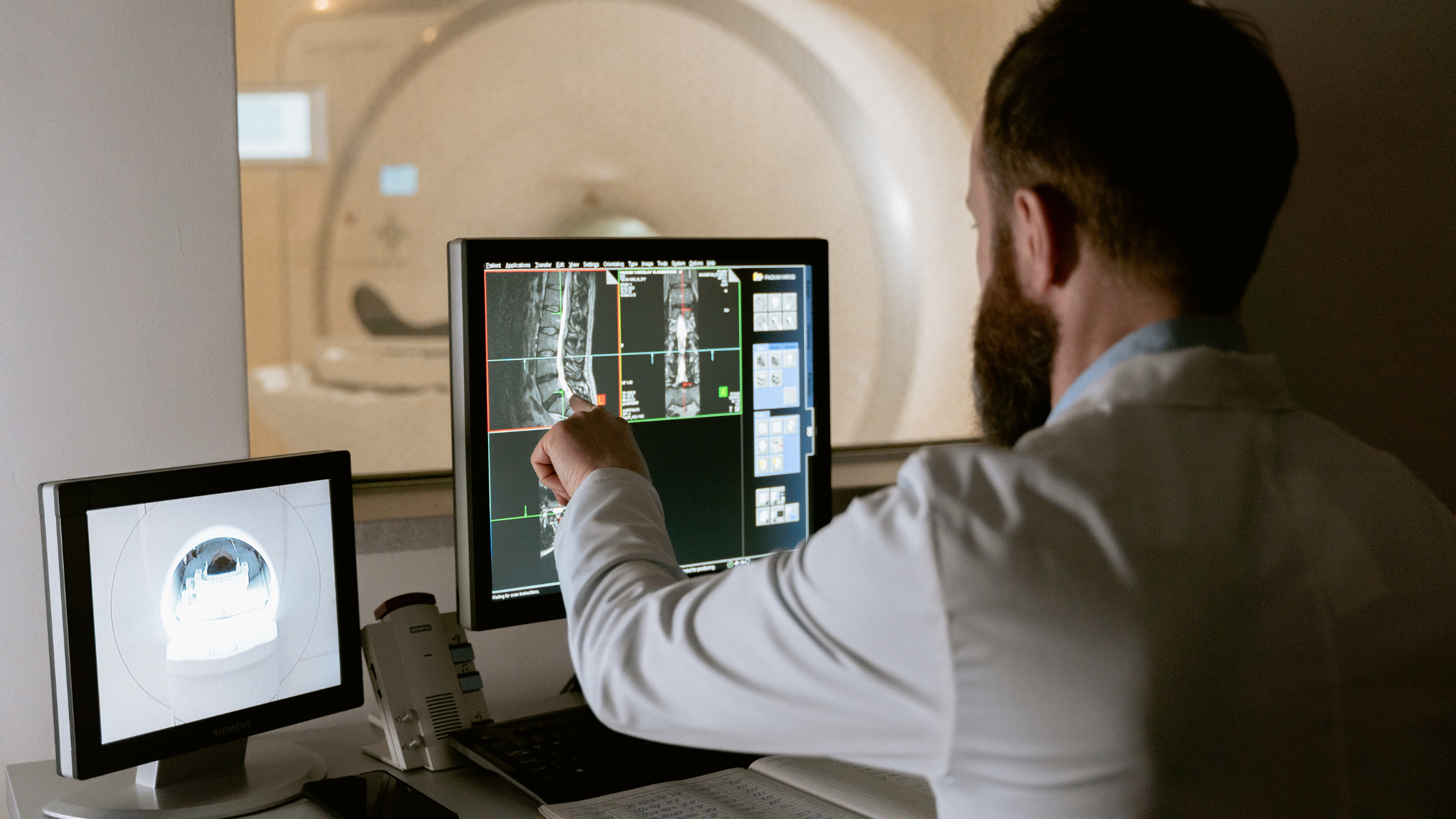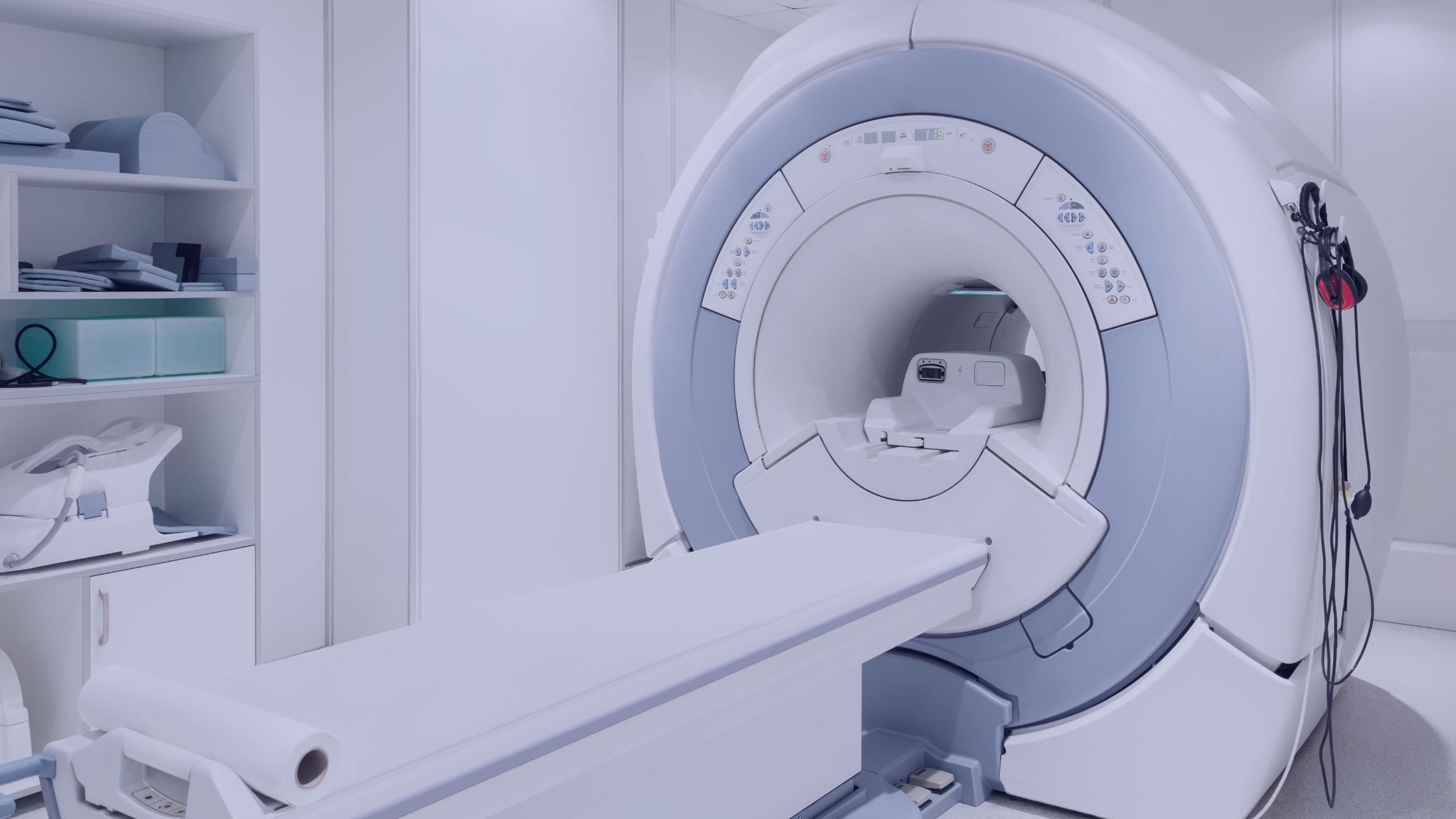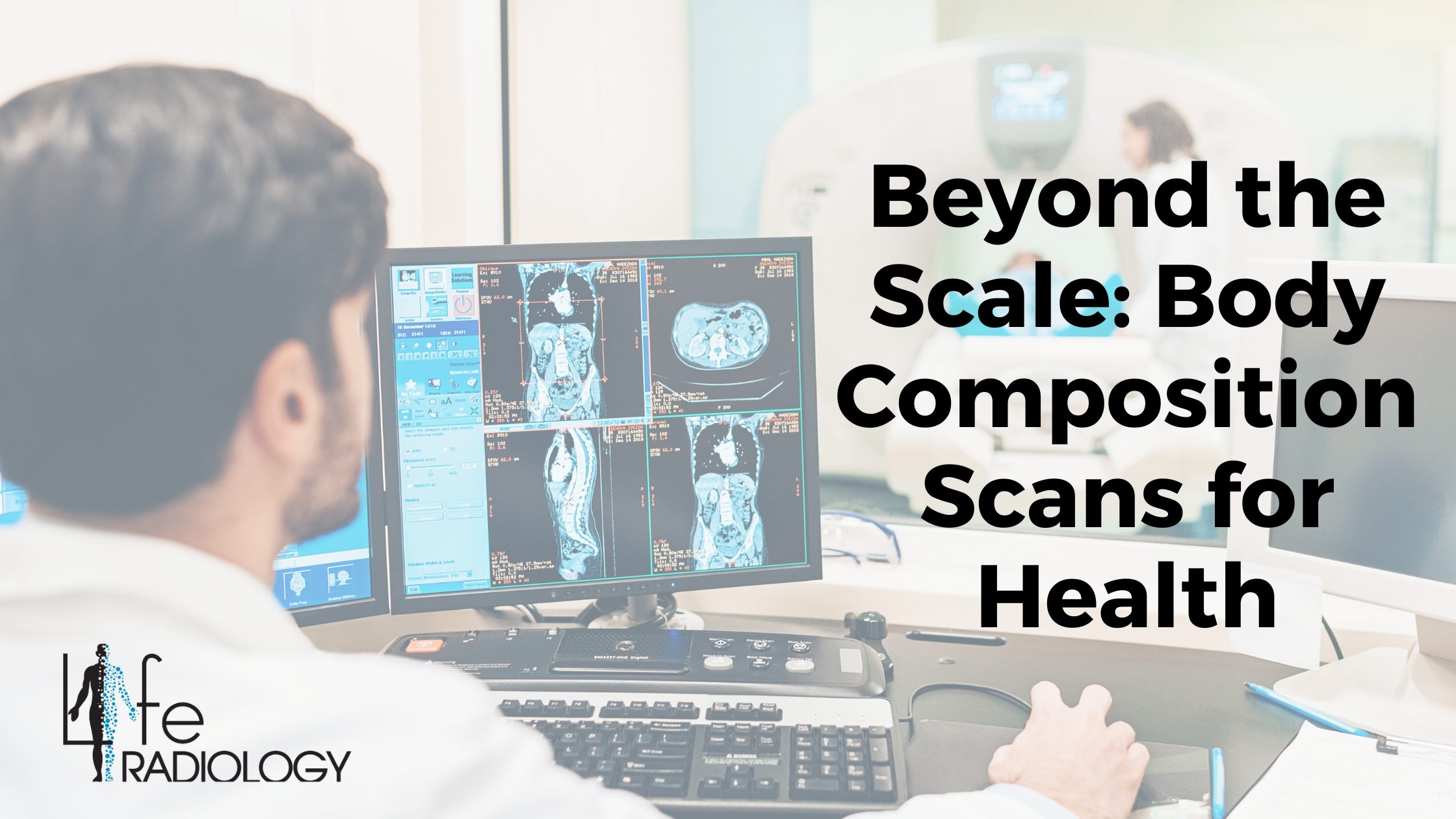Behind the Scenes of Your Medical Imaging: Meet the Radiologic Technologist
Have you ever stepped into a hospital or clinic for an X-ray, MRI, or CT scan and wondered, "Who’s the professional making sure all the technology, safety measures, and comfort steps are in place?" Your Radiologic Technologist is the trained expert ensuring your imaging experience is smooth, safe, and successful.
In this article, we’ll take you behind the scenes to show precisely what Radiologic Technologists do, why they’re essential, and how they combine technical expertise with compassionate care.
What Is a Radiologic Technologist?
A Radiologic Technologist (sometimes called a radiographer or rad tech) is a healthcare professional trained to perform diagnostic imaging examinations. They operate advanced equipment such as:
- X-ray machines
- Magnetic Resonance Imaging (MRI) scanners
- Computed Tomography (CT) scanners
- Mammography units
- Fluoroscopy equipment
Their role is to capture detailed images of the body that physicians rely on to diagnose and treat medical conditions.
Why Radiologic Technologists Are Essential
Radiologic Technologists work behind the scenes but play a crucial role in modern healthcare. Physicians would not have the clear, accurate images needed for effective diagnosis and treatment without them.
Their work blends technical skill with patient care, ensuring each scan is safe, accurate, and comfortable.
The Three Main Responsibilities of a Radiologic Technologist
⚙️ Handling the Technology
Radiologic Technologists are skilled in operating complex imaging machines. This includes:
- Calibrating equipment for accuracy
- Adjusting technical settings like exposure and contrast
- Troubleshooting issues during scans
Images may be unclear or unusable without precise operation, which can delay medical decisions.
📸 Guiding Patient Positioning
Positioning is key to obtaining accurate images. Technologists:
- Position the patient for optimal viewing of the targeted area
- Reduce the need for repeat scans
- Use supports or pads to help patients remain still during the procedure
Correct positioning improves image quality and ensures patient comfort and safety.
✅ Ensuring Image Quality with a Human Touch
Radiologic Technologists don’t just work with machines — they work with people. They:
- Explain the process to reduce patient anxiety
- Offer reassurance throughout the procedure
- Encourage stillness for sharper, more reliable images
Their interpersonal skills are as essential as their technical expertise.
How Radiologic Technologists Keep You Safe
Safety is always a priority. Radiologic Technologists are trained in radiation protection techniques to minimize exposure. This includes:
- Using lead shields to protect sensitive areas
- Limiting exposure time
- Following strict safety protocols recommended by regulatory agencies
They also document every procedure to maintain accurate patient records.
Step-by-Step: What Happens During Your Imaging Appointment
- Check-In and Review – They verify your identity, confirm the procedure, and review your medical history.
- Explanation – They describe the process and answer any questions you have.
- Preparation and Positioning – You’re guided into the correct position, with protective gear if needed.
- Image Capture – The technologist operates the equipment to obtain the required images.
- Quality Review – They check the photos before sending them to a radiologist for interpretation.
Skills That Make a Great Radiologic Technologist
- Technical knowledge of anatomy, imaging physics, and equipment
- Clear communication to guide patients through the process
- Attention to detail for high-quality imaging
- Physical stamina for assisting patients and standing for extended periods
Education and Certification
To become a Radiologic Technologist, one typically completes:
- An accredited radiologic technology program (associate’s or bachelor’s degree)
- Clinical training in a healthcare setting
- Certification exams, such as those from the American Registry of Radiologic Technologists (ARRT)
- Continuing education to stay updated on new equipment and safety protocols
Imaging Specialties
Radiologic Technologists may focus on one or more of these areas:
- X-ray – Common for bone fractures and chest imaging
- MRI – Detailed images without radiation
- CT scan – Cross-sectional 3D imaging
- Mammography – Breast screening and diagnosis
- Fluoroscopy – Real-time imaging for procedures
Common Myths About Radiologic Technologists
Myth: They only press a button.
Reality: They set up and calibrate equipment, ensure correct positioning, and monitor safety.
Myth: Anyone can operate imaging machines.
Reality: It requires specialized education, certification, and continuous training.
Myth: They only work in hospitals.
Reality: They also work in outpatient centers, diagnostic labs, mobile units, and research facilities.
Why You Should Appreciate Your Radiologic Technologist
When you have an imaging scan, remember:
- They ensure accuracy so doctors can make informed diagnoses.
- They prioritize safety for every patient.
- They aim to make the process comfortable and reassuring.
Their work directly influences the quality of your healthcare.
FAQs About Radiologic Technologists
Q: Is a Radiologic Technologist the same as a radiologist?
A: No. The technologist performs the scan, while the radiologist interprets the images.
Q: Can they give medical diagnoses?
A: No. Only physicians provide diagnoses.
Q: Are Radiologic Technologists exposed to radiation?
A: They follow strict protection protocols to keep exposure minimal.
Q: Can they specialize in multiple imaging techniques?
A: Yes, many hold certifications in more than one area.
Q: Is this a growing career field?
A: Yes, demand is increasing as healthcare needs expand.
Final Thoughts
A Radiologic Technologist is a vital healthcare team member who combines advanced technology skills with patient care. From guiding you through your scan to ensuring the images are accurate and safe, they play a direct role in helping doctors diagnose and treat illnesses effectively.
The next time you’re in an imaging room, you’ll know that the person guiding you is more than a machine operator — they’re an expert dedicated to your health and comfort.






